Scanning Around with Gene: On the Colorful Road Again

In part one of this two-part look at Arizona Highways magazine, I poked fun at the “grandma” quality of this publication and was thrilled to hear from a number of readers that Arizona Highways made an impact on them and their career choices. And of course. the magazine does remain quite vital today, with over a million readers and a host of offshoot products and services, such as photography and art workshops.
Still, this magazine is like a great government building that has been updated enough over the years to be fully functional, though not so much as to lose all of its original charm. Yet you can’t help wishing time would go back a few decades and you could experience the glory of this institution during its heyday.
A Photographic Platform
Arizona Highways, like Life or Look magazines, became a platform for the emerging art of photography. The rugged terrain and striking weather of Arizona attracted great nature photographers who, along with the Native-American residents, essentially defined the look of the “Old West.”
Even when it was printed entirely in black and white, Arizona Highways featured large photographs. This Ansel Adams photograph, taken in 1942, is of the White House Ruin, Canyon de Chelly National Monument. To see larger versions of this and all of the images, just click on the images on this page.

Arizona Highways didn’t just print great photos and artwork; it took great pride in high-quality reproduction. Working with the printer W.A. Krueger Company, the magazine’s editors and technicians pushed the limits of both offset and letterpress printing technology. For the image above, for example, Arizona Highways boasted the use of special high-resolution halftone screens and a “24-inch Goerz Altar lens on premium ortho chromatic films.” Below is one of my favorite black-and-white photos, “Summer Scene White Mountains,” by Esther Henderson.

Another Ansel Adams work, this one a more rare color photograph, appeared in the April 1961 issue. Titled “The Thirsty Land,” the photo was used in a feature about the Roosevelt Dam.
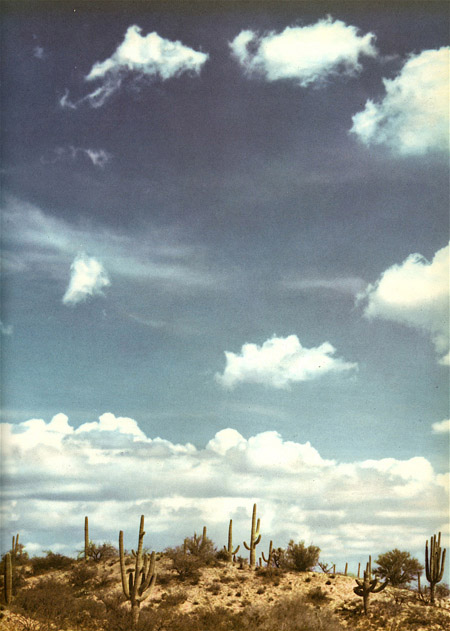
A Matter of Scale
One of the hallmarks of Arizona Highway’s photographs is the depiction of scale — in most cases, the large scale of Arizona landmarks. By placing a human in strategic parts of the frame, photographers communicated on two levels. First, you note the expanse of the image, then suddenly you catch the human reference. Here, starting with “On the Reservoir, White Mountain,” by Velvae Miller in 1959, is a series of great scale examples:
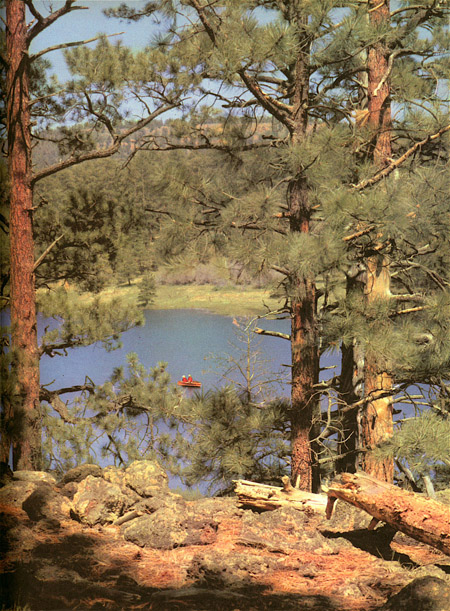
September 1961, “In Arches National Monument,” by Josef Muench:

October 1959, “Grand Falls on the Little Colorado,” by Thomas s. Cash:

Unknown month in 1959, “Devil’s Bridge,” by W.G. Carroll:

November 1963, “The Empty Land,” by Louis and Virginia Kay:
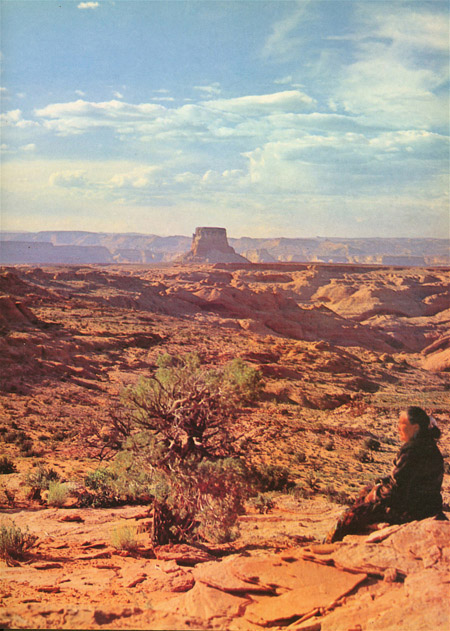
January 1964, “Nature’s Rock Painting,” by Josef Muench:

Nature Up Close
Many pages in Arizona Highways have been filled with close-up nature photography and details on capturing good nature shots. Here are a number of photos taken by Willis Peterson, a frequent contributor, and several pictures of him working in the field and in the studio.
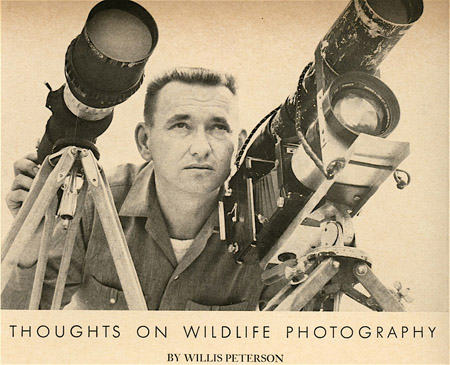
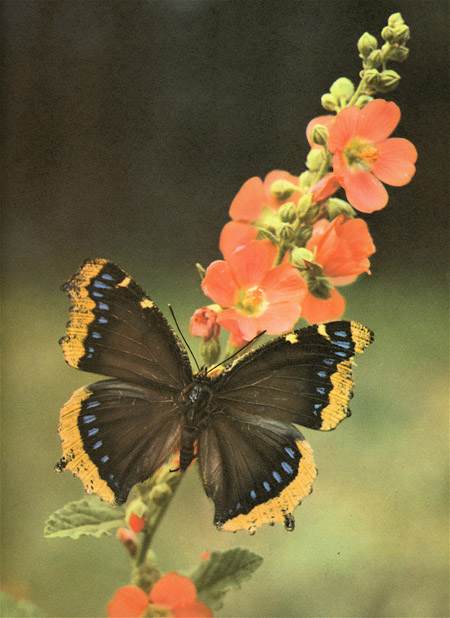

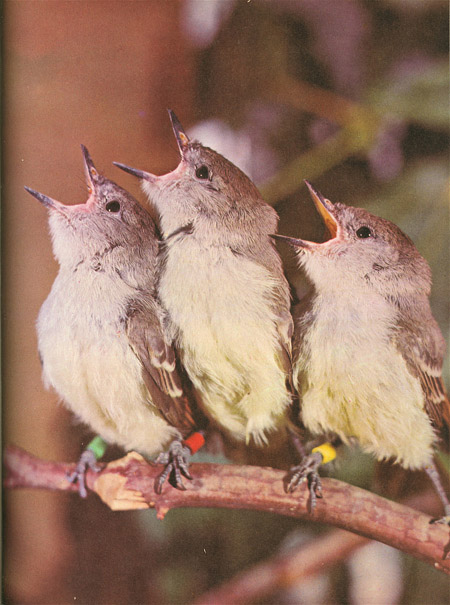
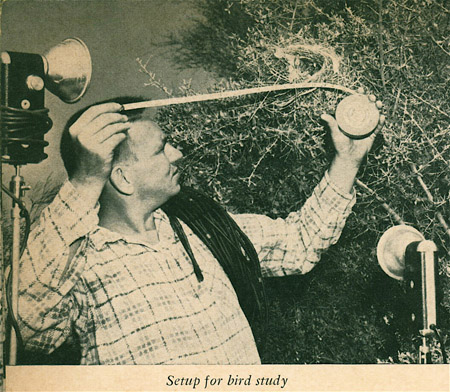
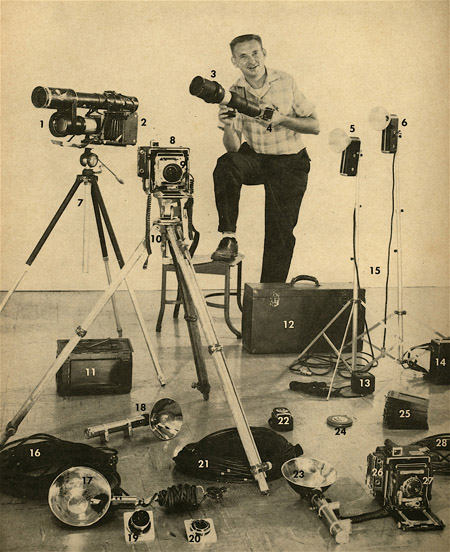
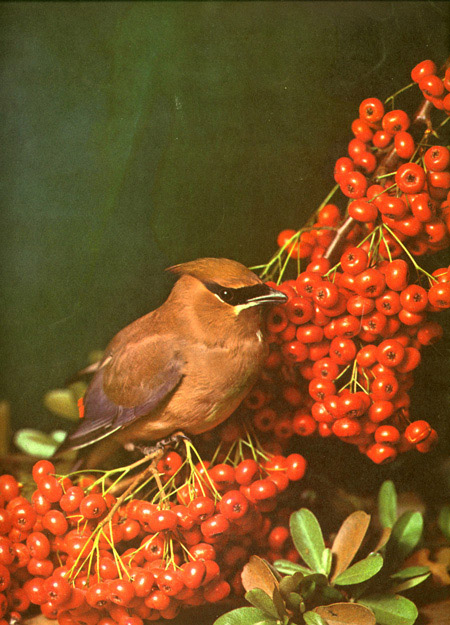
Defining Native Southwest
Arizona Highways’ depictions of Native Americans living in and around Arizona seemed relatively respectful. By covering many festivals, reservations, and schools, the magazine tried to show authentic but not-too-cliché images. Here, for example, is a 1969 shot by Ray Manley titled “Apache Maidens, Beautifully Dressed.”

And here, a painting by young Navajo artist James King in 1978, followed by two images from a spread of Navajo portraits in the same issue.


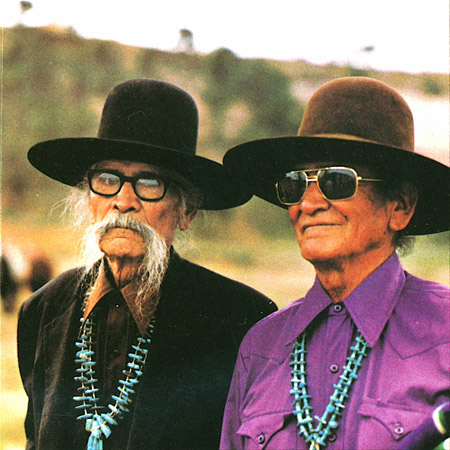
And a regular contributor was artist DeGrazia, whose images of Native Americans are synonymous with Arizona history. This image is from 1961.
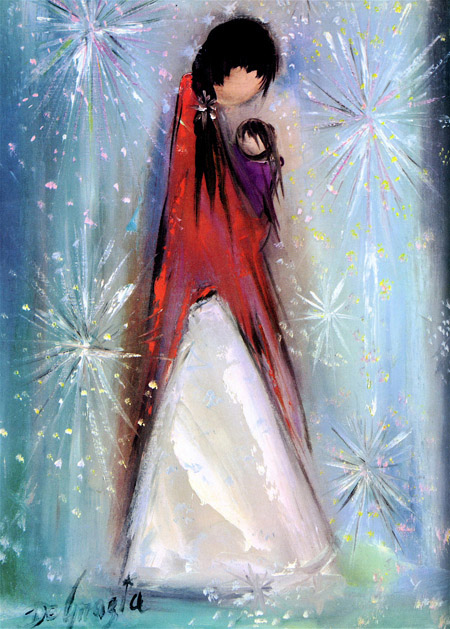
Art in all its forms was represented over the years in Arizona Highways. Here from July 1959 is a terrific image by B. Yazz, picturing an antelope head. It’s followed by “Wallflowers and Flutterbye’s” from artist Diane O’Leary.


And one of my favorites, a portrait of Gerald Marr by Peter Hurd, done in egg tempera.

Man Meets Nature
Despite a fondness for wide-open spaces, the editors at Arizona Highways regularly featured the people and commerce of Arizona as well as the beauty. Here, taken with a shutter speed of four seconds, is the stunning image “Devotion,” taken by photographer Dave Davis in 1959.

Images such as these from photographer R.L. Rusho chronicled the building of the Glenn Canyon Dam between 1961 and 1964.

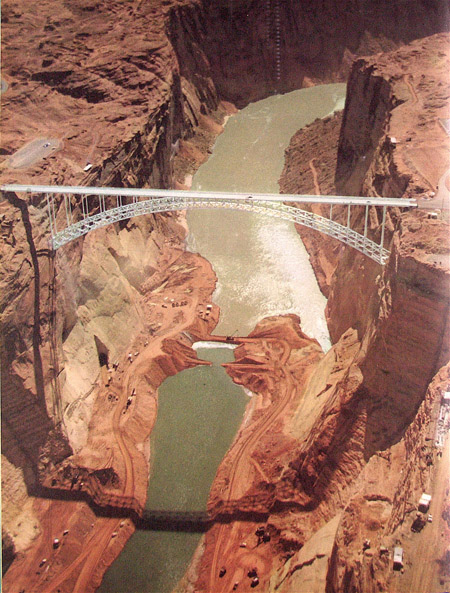

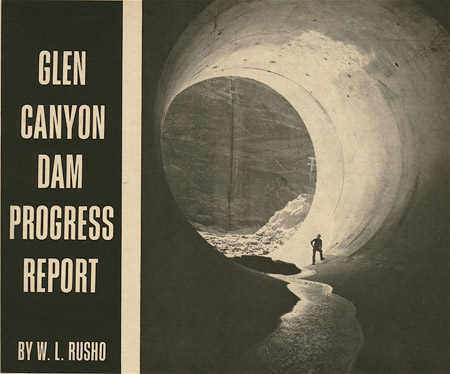
And while the idea of a feature spread on a cement plant may seem underwhelming, in Arizona Highways, you could be sure it would be massive in scale.
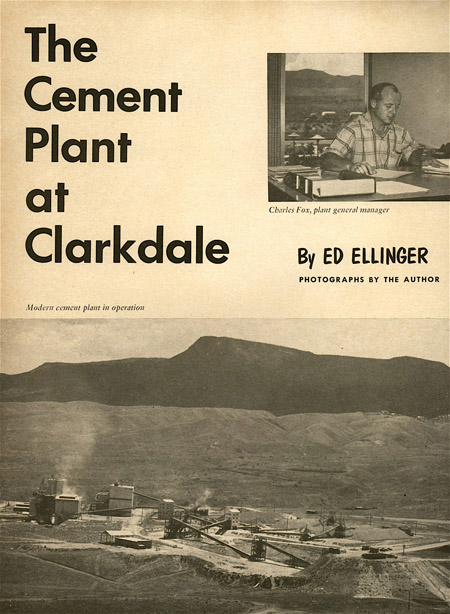
And here is a 1963 behind-the-scenes shot from the Tyler Company printers when they opened a new plant in Arizona to produce the magazine.
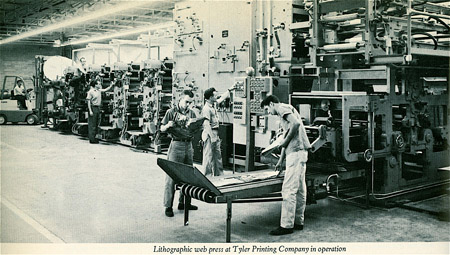
But it is and was the nature photography that made Arizona Highways famous. Here are just a few of the many images I felt compelled to scan while going through a couple years of bound copies of the magazine. The first two are from Josef Muench in 1959 and 1962:


And three from Darwin Van Campen:
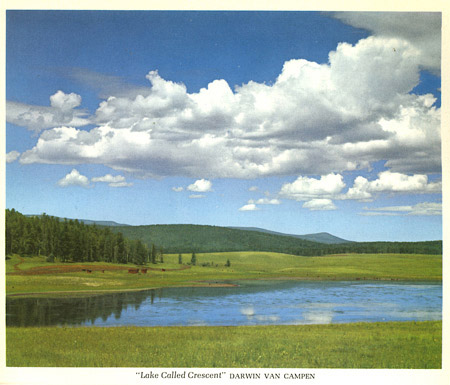


Water is a big part of the Arizona landscape. Here are four beautiful images from (in order) Joseph Wamper “Where the Canyon Narrows,” Bill Pottenger “Havasu Falls,” Dick Dietrich “Toroweap Point,” and “Cruising the Lake” by photographer Glenn Embree in 1964.


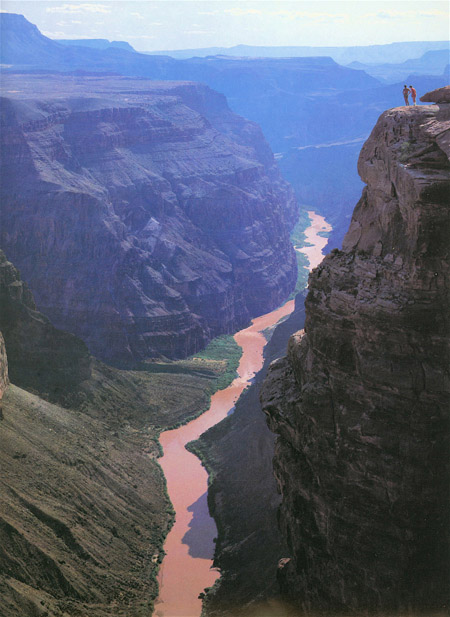

A Picture for Every Season
And finally, here is a random assortment of some of my favorite Arizona Highways images showing the drama and beautify of the seasons. First, a 1984 view of monarch butterflys by George D. Lepp:

“Spring Comes too Soon,” by Art Riley:
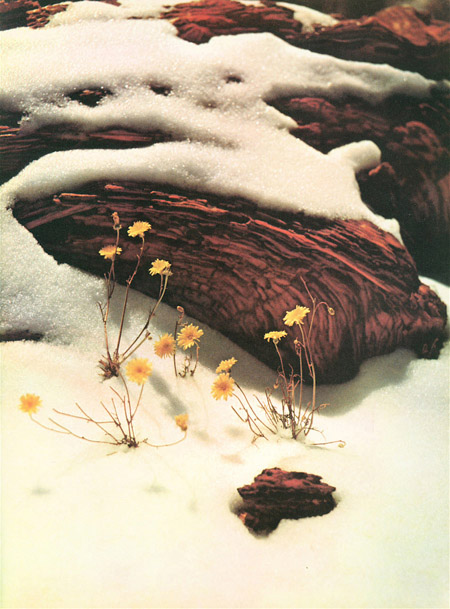
“Strolling Through Autumn,” from October 1964, by James Tallon:
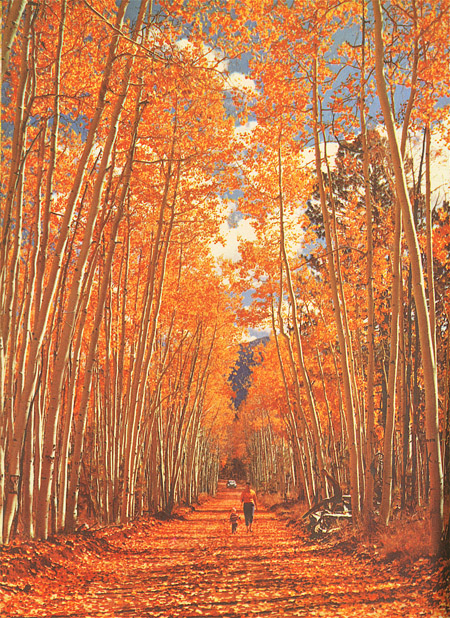
“A Winter’s Farwell – Near Kingman,” by Ed Delgado:
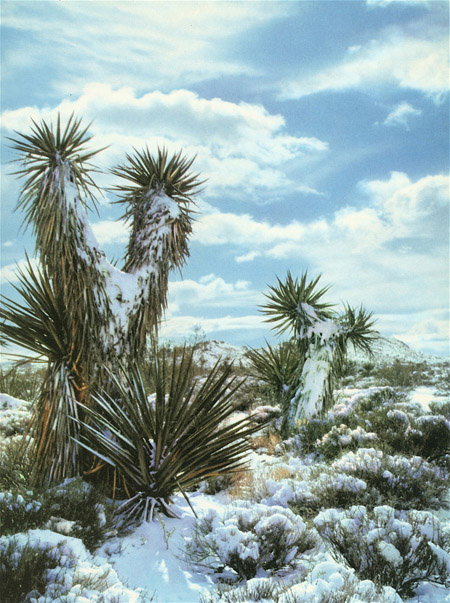
“Through the Rising Mist,” from Esther Henderson:

And finally, just to give you a taste of the detail Arizona Highways goes through to document images for photography sake and education, here’s a stunning 1953 image called “Canal Scene” by Daniel S. Zuder:
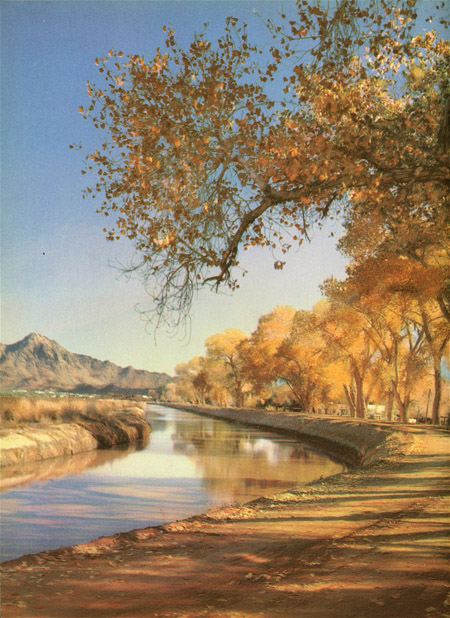
That image was accompanied by these specs: “1953 4×5 Graphic View Camera, mounted on an Otto tripod, 135mm f4.5 Rapax Shutter with lens board extension to fit opening for camera; Eastman Kodak Extachrome film type B, 4 ½ seconds at f.32. Scene: Arizona Canal near Central Avenue, Phoenix. To the east and in the distance is the west part of Squaw Peak.”
Now if only they could make a Photoshop filter with those specs!
This article was last modified on May 18, 2023
This article was first published on June 20, 2008



